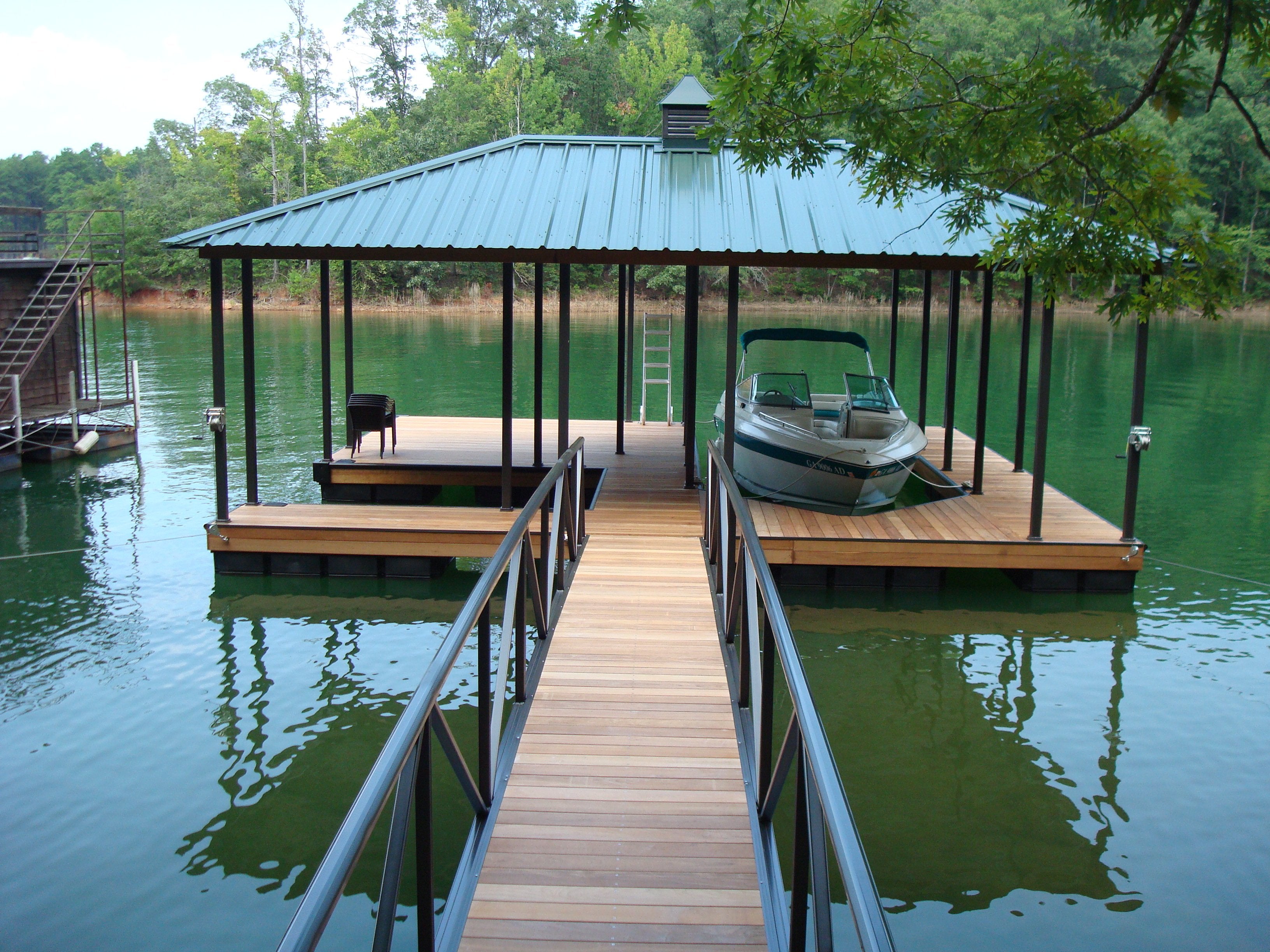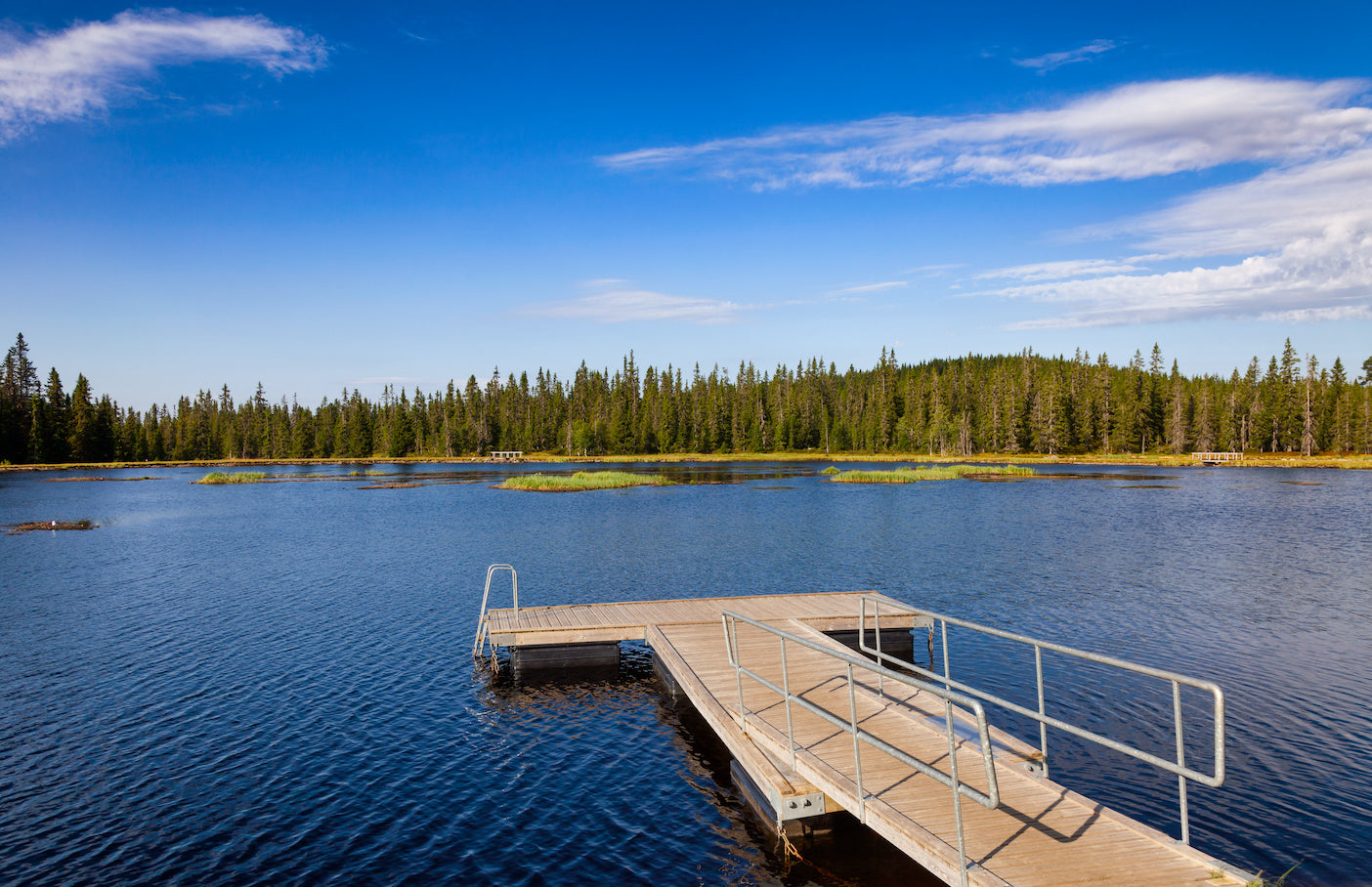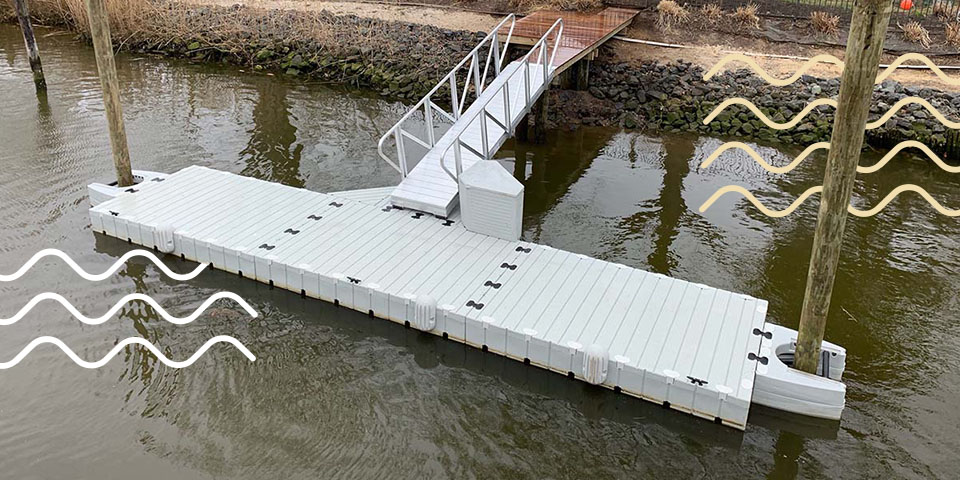Upgrade Your Beachfront With Long Lasting Floating Docks
Upgrading your beachfront with long lasting floating docks can considerably enhance both capability and visual appeals, providing a functional option for numerous water activities. These frameworks are designed to adjust to changing water levels, making certain safety and security and availability throughout the seasons. With a variety of materials readily available, including low-maintenance alternatives and typical wood, choosing the ideal dock can match your individual design and meet functional needs. Understanding the subtleties of installation and maintenance is critical for guaranteeing long life and performance. What aspects should you take into consideration when making this investment?
Benefits of Floating Docks
Floating docks offer a wide range of benefits that boost their appeal for various maritime applications. One of the key benefits is their flexibility to changing water levels - dock company. Unlike conventional set docks, floating docks rise and autumn with the trend, ensuring consistent ease of access for boats and boat despite ecological problems. This attribute substantially minimizes the danger of damage to vessels, as they continue to be safely moored also throughout fluctuations in water depth.
Furthermore, floating docks are simpler to mount and move, giving adaptability for temporary or seasonal use. Their modular design permits customization to fit details requirements, whether for exclusive marinas, household watersides, or business applications.
Additionally, floating docks produce marginal disruption to the aquatic atmosphere, maintaining local environments and reducing the possibility of disintegration. They additionally provide improved safety and security and security for users, as their buoyant nature supplies a more forgiving surface than stiff frameworks.
Furthermore, floating docks can help with a varied array of activities, such as fishing, swimming, and leisure boating, making them a useful property for waterfront development. Their adaptability and usefulness make floating docks a recommended choice for a variety of maritime jobs.
Selecting the Right Products
Choosing proper products for floating docks is essential to their longevity, performance, and overall efficiency. When selecting products, think about aspects such as ecological direct exposure, upkeep demands, and architectural honesty. Typical products consist of timber, plastic, aluminum, and composite choices, each offering distinct advantages and drawbacks.
Timber, while aesthetically pleasing, calls for regular upkeep to stop rot and degeneration. Pressure-treated wood can boost resilience, yet it may still catch water damage over time. Plastic floats, often made from high-density polyethylene, are immune to rust and need minimal maintenance, making them an appealing choice for low-maintenance applications.
Aluminum is an additional viable option, known for its stamina and lightweight residential or commercial properties. It is resistant to corrosion and can hold up against rough weather condition conditions, although it might be a lot more pricey than various other products. Compound materials combine the finest characteristics of timber and plastic, using a resilient and low-maintenance option that mimics the appearance of timber without the linked disadvantages.
Eventually, the option of material ought to line up with the meant use, ecological considerations, and budget constraints, making sure a durable and practical floating dock that satisfies your specific demands.
Installment Process Introduction
The effective installation of a drifting dock relies on cautious planning and execution, making sure that it operates efficiently in its intended setting. The initial step includes examining website problems, including water depth, shoreline attributes, and dominating weather condition patterns, which will notify the dock style and anchoring system.
Adhering to the website assessment, the Recommended Site next stage is to prepare the floating dock components. This consists of setting up the go to the website framework, securing drifts, and affixing any required hardware. It is critical to make certain that all links are waterproof and robust to withstand aquatic problems.
Once the dock is assembled, the installment process starts with placing the dock in the water. This can entail a crane or various other training devices, especially for bigger frameworks. Appropriate alignment is crucial for performance and safety and security.

Upkeep Tips for Longevity
Normal maintenance is vital for ensuring the longevity and optimum efficiency of a floating dock. To attain this, begin with regular inspections at least twice a year, concentrating on the stability of the dock's structure, including the flotation protection tools and connecting hardware. Look for indicators of wear, rust, or damages, and deal with any concerns without delay to stop further deterioration.
Cleaning up is an additional vital aspect of upkeep. Eliminate particles, algae, and barnacles from the dock's surface to avoid unsafe conditions and preserve visual appeal. Utilize a soft brush and a light cleaning agent to prevent damaging the dock's products.
Additionally, make sure that the dock is properly anchored and secured to withstand seasonal modifications in water levels and weather. Inspect the anchoring system for stability and make modifications as necessary.
Enhancing Your Exterior Aesthetic
To produce an aesthetically attractive exterior room, incorporating a floating dock can substantially improve the overall aesthetic of your waterside residential property. Floating docks are Homepage not just functional yet can likewise function as a striking prime focus that matches the natural environments - floating dock services. Readily available in numerous products and layouts, these docks can be tailored to match your building's architectural design and landscape
The enhancement of attractive components, such as integrated lighting or fashionable railings, additionally boosts the dock's aesthetic allure. Take into consideration utilizing all-natural wood surfaces, which mix effortlessly with the environment, or opting for contemporary materials like aluminum or composite decking that offer a sleek, contemporary appearance.
Purposefully placing planters or seating areas on or around the dock can produce inviting rooms that motivate leisure and enjoyment of waterfront sights. Furthermore, integrating colors and appearances that balance with your landscape will certainly develop a natural visual throughout your outside location.

Verdict

Upgrading your beachfront with sturdy floating docks can significantly improve both performance and visual appeals, giving a functional solution for different water activities. Unlike typical set docks, floating docks rise and autumn with the trend, ensuring consistent availability for watercrafts and watercraft no matter of environmental problems.Picking ideal materials for floating docks is important to their durability, performance, and overall efficiency.When the dock is constructed, the installation procedure starts with positioning the dock in the water.In summary, floating docks deal numerous benefits, including flexibility to water degree modifications and a variety of product options.